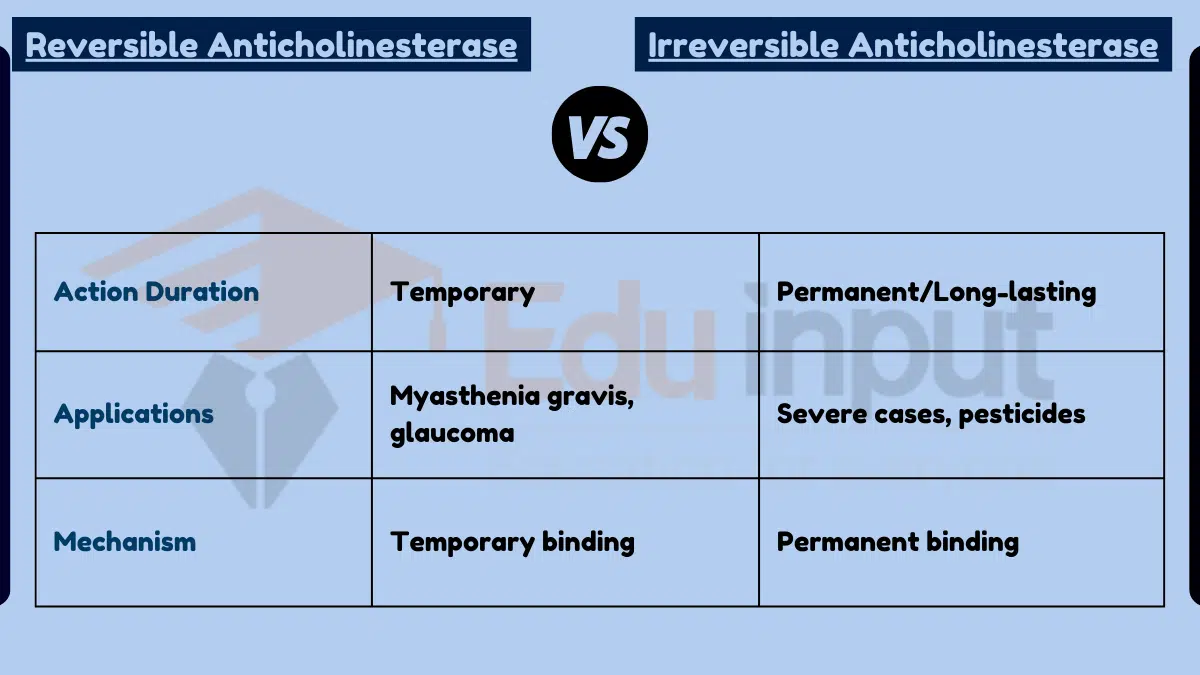Difference Between Oxygen Debt and Oxygen Deficit
December 28, 2023
Table of Contents
Key Difference
Oxygen debt and oxygen deficit are concepts related to exercise physiology but refer to different phenomena. Oxygen debt, also known as excess post-exercise oxygen consumption (EPOC), is the amount of oxygen required by the body to recover after physical activity. It compensates for the body’s increased metabolic rate from the exercise. Oxygen deficit, on the other hand, occurs at the beginning of exercise, when the oxygen demand exceeds the oxygen supply, leading to anaerobic metabolism until the body reaches a steady state of oxygen consumption.
Comparative Analysis
- Occurrence in Exercise:
- Oxygen Debt: Occurs post-exercise.
- Oxygen Deficit: Occurs at the start of exercise.
- Physiological Process:
- Oxygen Debt: Body’s recovery process, replenishing oxygen stores.
- Oxygen Deficit: Initial phase where oxygen supply doesn’t meet demand.
- Metabolic Impact:
- Oxygen Debt: Associated with increased metabolism post-exercise.
- Oxygen Deficit: Leads to anaerobic energy production.
- Duration:
- Oxygen Debt: Can last minutes to hours post-exercise.
- Oxygen Deficit: Lasts until the body achieves a steady oxygen supply.
- Measurement:
- Oxygen Debt: Measured by the excess oxygen consumed post-exercise.
- Oxygen Deficit: Difference between oxygen required and oxygen supplied at exercise onset.
Table Summary
| Feature | Oxygen Debt (EPOC) | Oxygen Deficit |
|---|---|---|
| When It Occurs | Post-exercise | Start of exercise |
| Physiological Process | Recovery, replenishing oxygen | Initial unmet oxygen demand |
| Metabolic Impact | Increased post-exercise metabolism | Anaerobic metabolism |
| Duration | Minutes to hours after exercise | Until steady state is reached |
| Measurement | Excess post-exercise oxygen consumption | Oxygen demand-supply gap at start |
Also Read:
File Under:





Leave a Reply